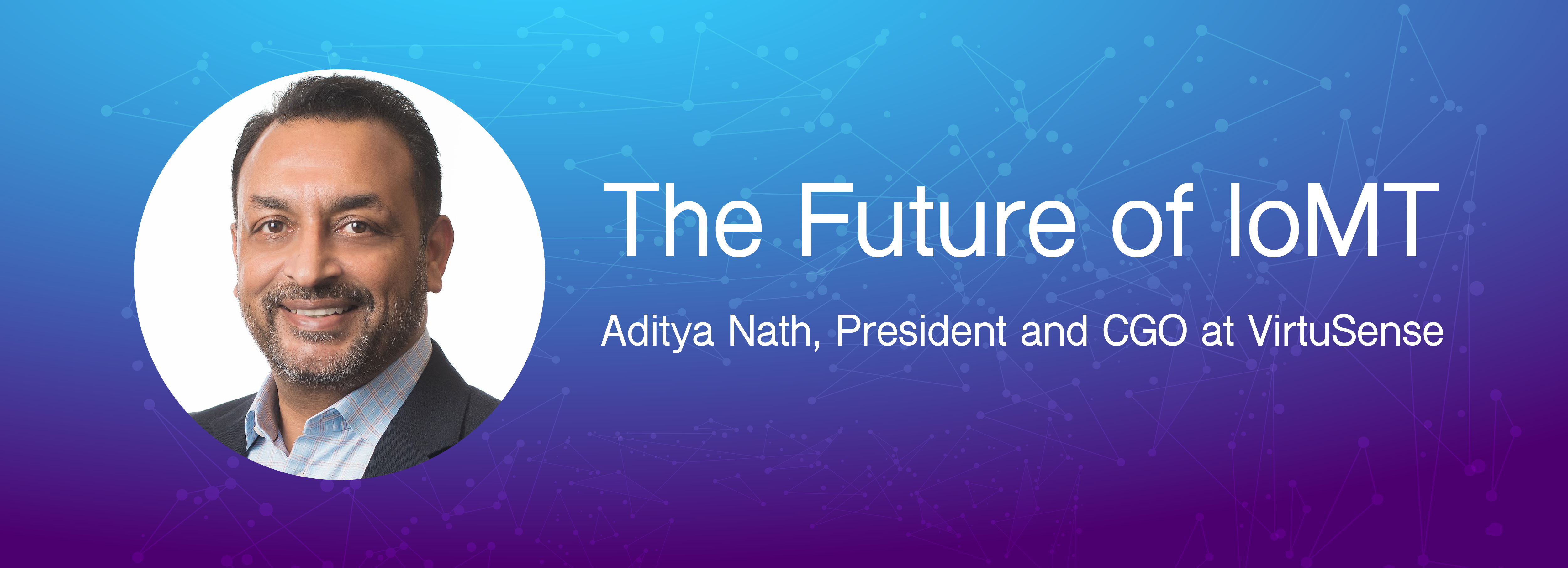The global market for the Internet of Medical Things (IoMT) is expected to nearly quadruple in the next several years from $31.3 billion in 2020 to $127 billion by 2027. The rapid growth spurt is a direct response to COVID-19 when health systems were forced to quickly pivot and adapt in crisis, spawning a med-tech revolution comprised of connected medical devices that are able to generate, collect, analyze and transmit data.
The reactive model of healthcare delivery is no longer sustainable. Health systems have become over-burdened with preventable conditions that cost billions of dollars per year:
- Inpatient falls account for $50 billion
- Hospital-acquired infections $20 billion
- Pressure ulcers $38 billion
During COVID these problems were exacerbated due to staff shortages and scarcity of PPE.
But, the reality is, staffing issues will persist, particularly with registered nurses because many are retiring early or leaving altogether due to stress and burnout. The U.S. Bureau of Labor Statistics projects the need for 1.1 million new RNs in 2022 to avoid a nursing shortage.
What’s the Solution?
IoMT has the ability to fix our broken healthcare system so it’s less dependent on costly, reactive methods and more focused on predictive and preventative care. Many different organizations are addressing isolated segments of the overall issue, but these solutions are targeting individual symptoms of the reactive model. VirtuSense has created a comprehensive ecosystem that addresses some of the fundamental challenges of the care delivery problem. Predictive AI augments the workforce so nurses and doctors can do more with fewer resources and prevent the unnecessary and costly outcomes like the ones mentioned above.

Fall Prevention with AI: Preventing Never Events
Falls in hospitals are a prevalent and costly problem. Most fall prevention solutions in the market are reactive—they notify nurses after a patient is already out of bed, which is too late. We’ve developed an AI solution that predicts a patient’s intent to get up and notifies staff 30 to 65 seconds before a bed exit, so falls can be circumvented altogether.
This technology not only keeps patients safe, it assists healthcare workers. It’s 98% accurate, so false alarms are almost nonexistent, allowing staff to care for people instead of creating busy work. These efficiencies save time and in turn, impact your bottom line.
Virtualizing Care: VST Platform Increases Staff Capacity
Data drives everything, but without a platform that can collect, analyze, and deliver insights to the right people, it’s irrelevant. Our AI sensors collect enormous amounts of real-time data that is converted into meaningful insights doctors can use to make the right care decisions for patients at the right time and place. 24/7 remote monitoring provides real-time information when it’s most crucial so staff can provide care when it’s needed.
Untethered sensors assist doctors and nurses with virtual rounding, real-time vitals monitoring, and telehealth capabilities so they can focus on quality care without the busy work. A single device using WiFi simplifies workflows and keeps overhead low—there's no need for bulky, expensive equipment. Predictive AI makes healthcare simple, affordable, and accessible without compromising the quality of care.
Our AI solutions have been used in primary care, skilled nursing, assisted and independent living, memory care, and hospitals, and soon in the home to create a “health safety net” for at-risk individuals with chronic conditions. Clinical surveillance, early warning alerts, increased access to the individual’s caregiver network, and earlier intervention will provide unmatched safety in the home.
The future of IoMT is being written now at VirtuSense.


